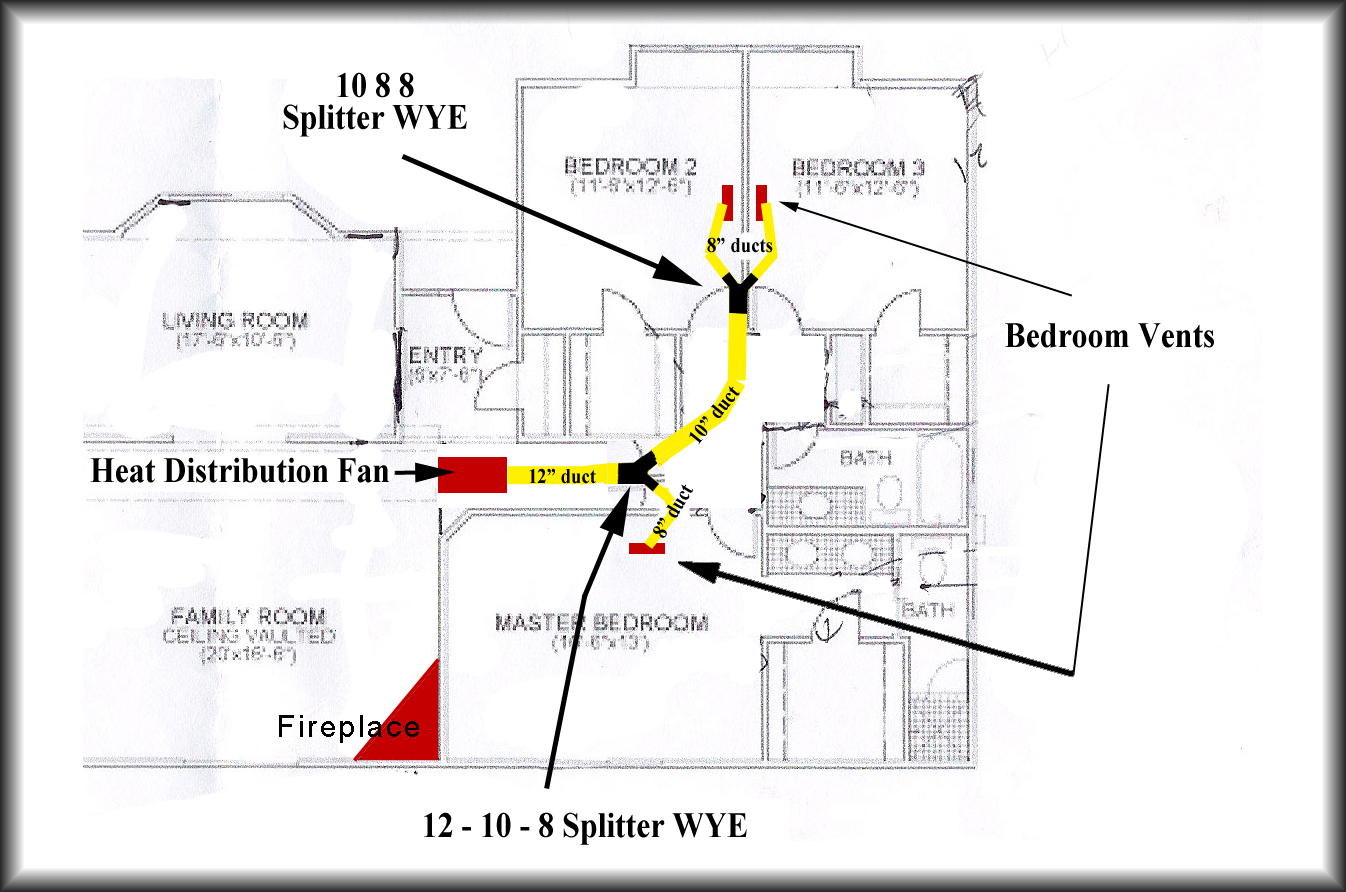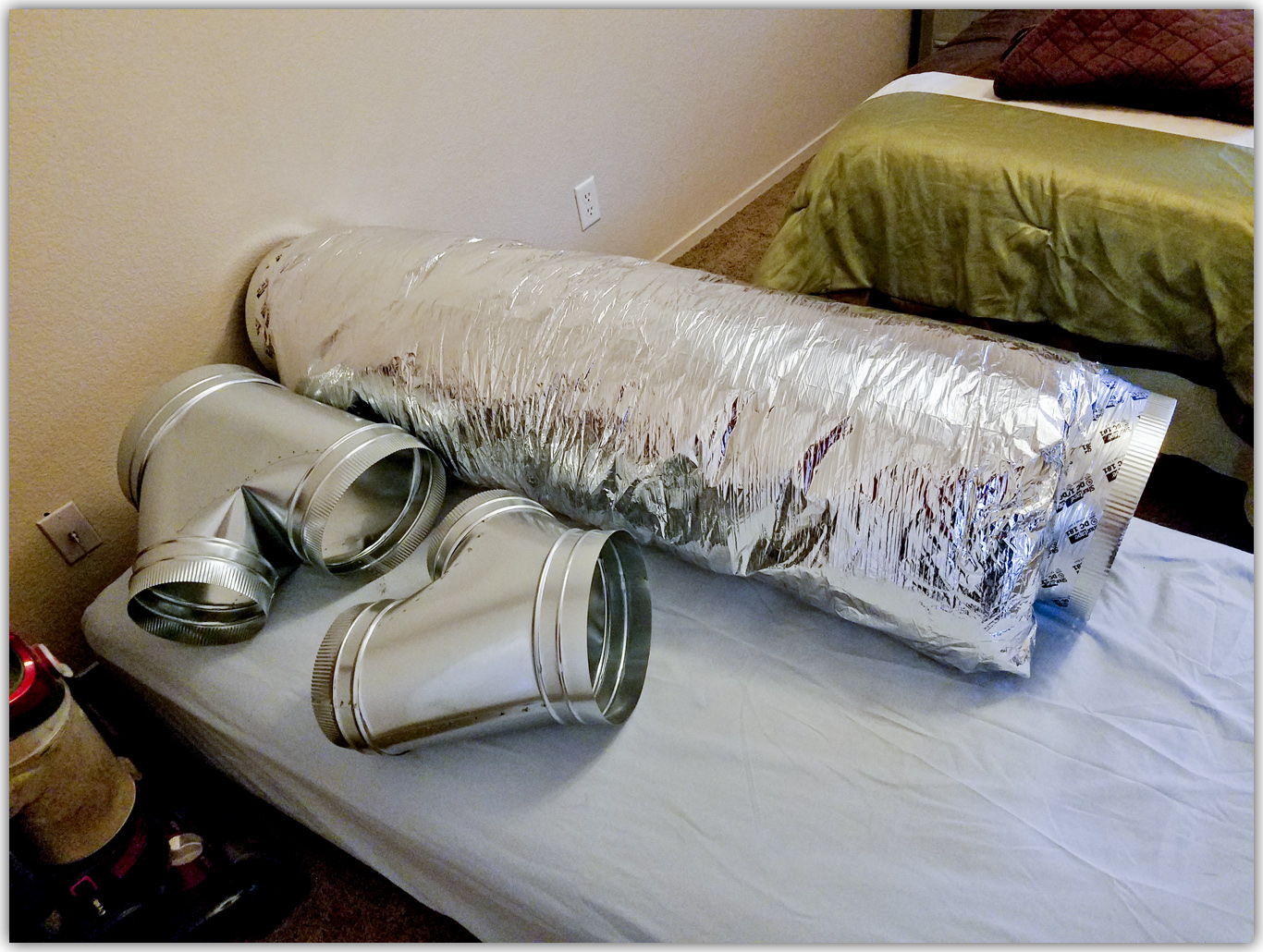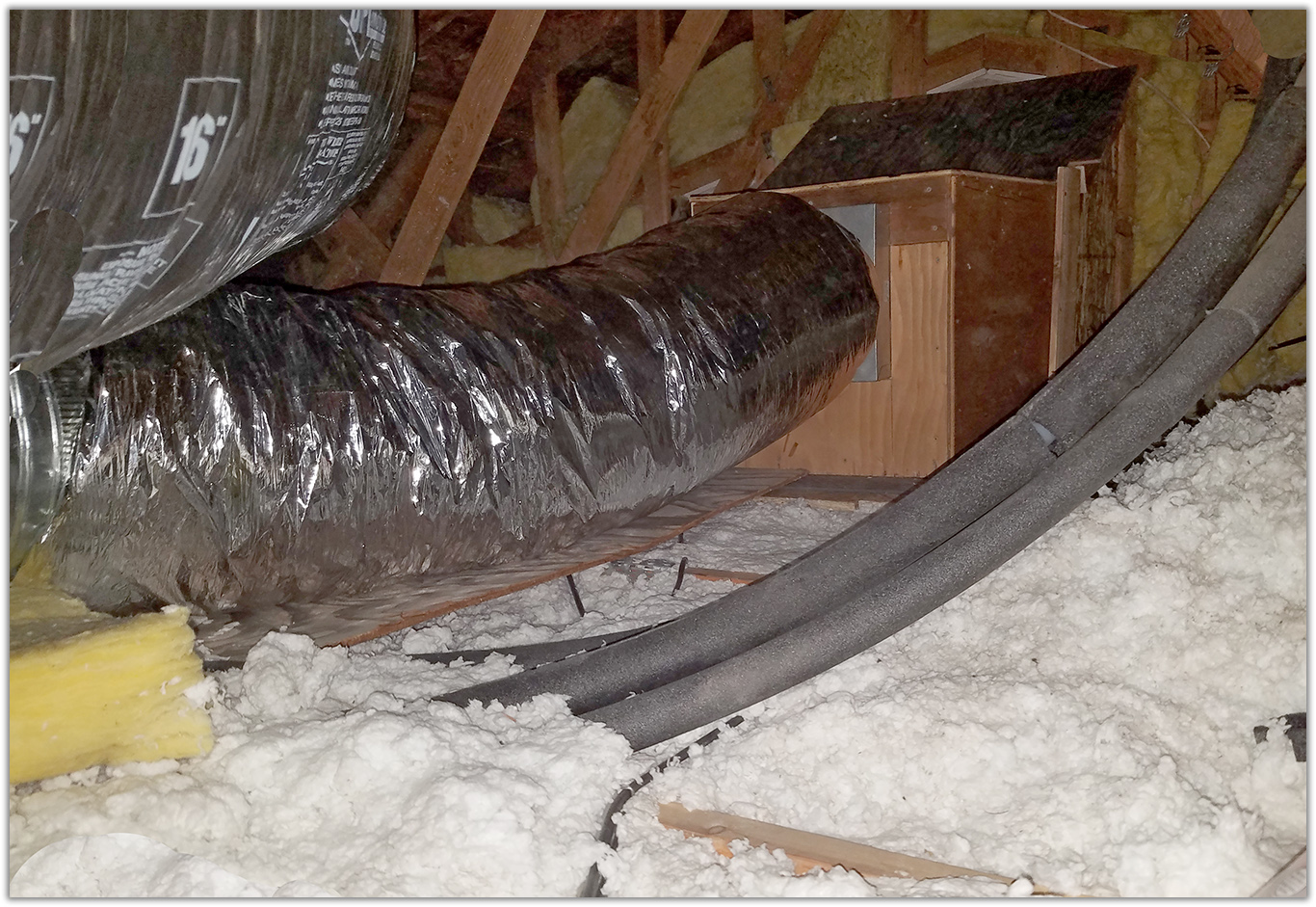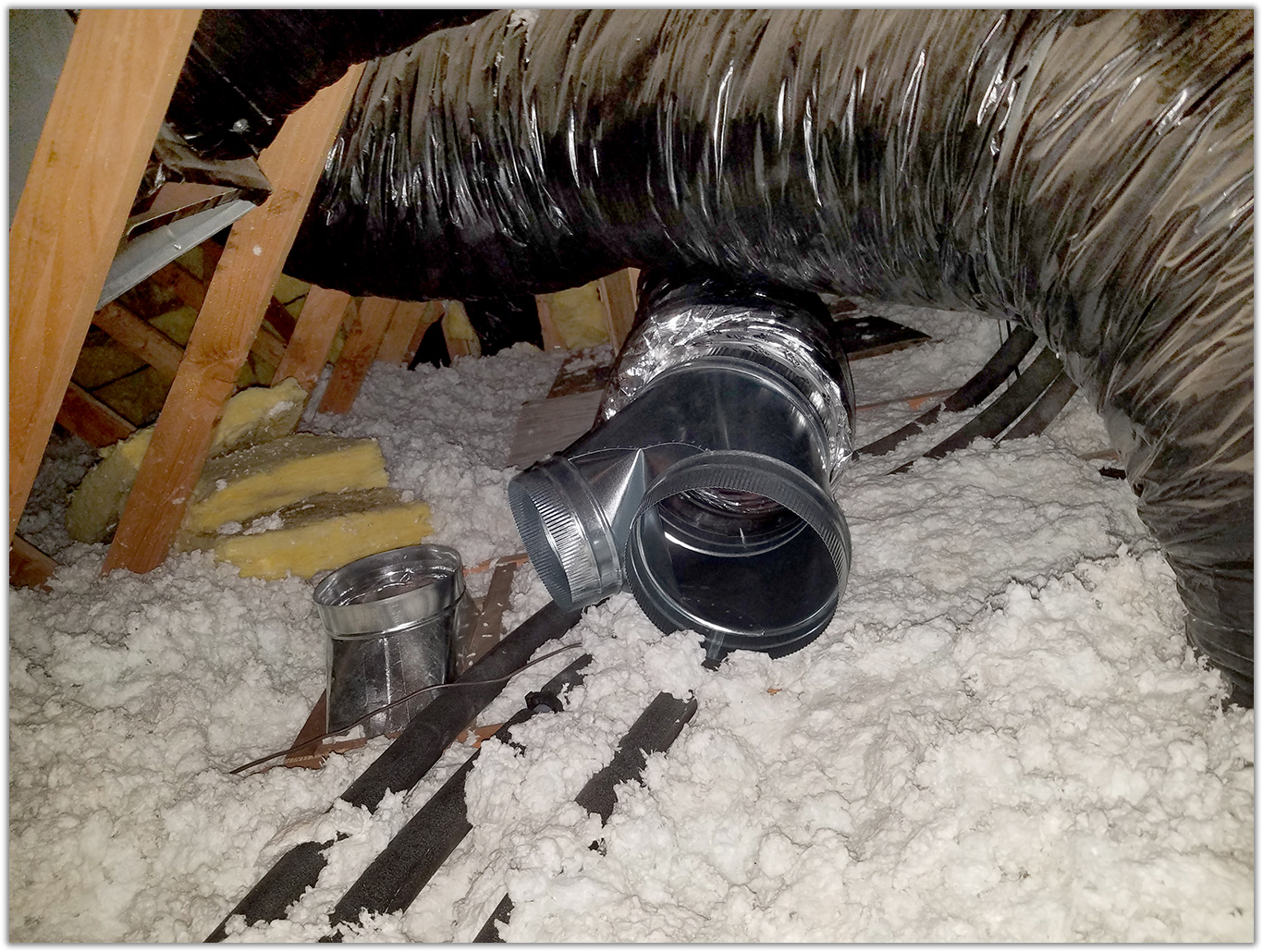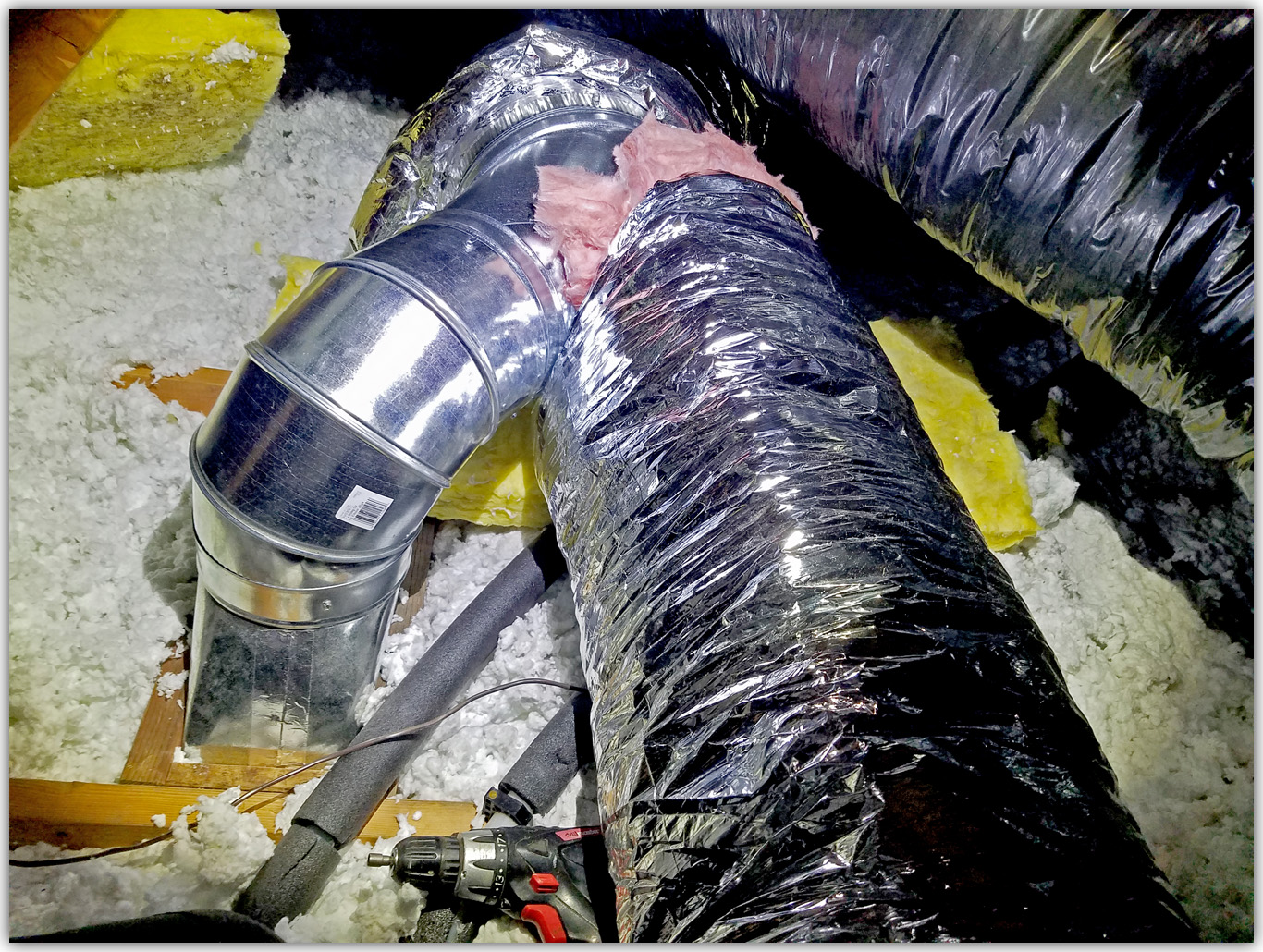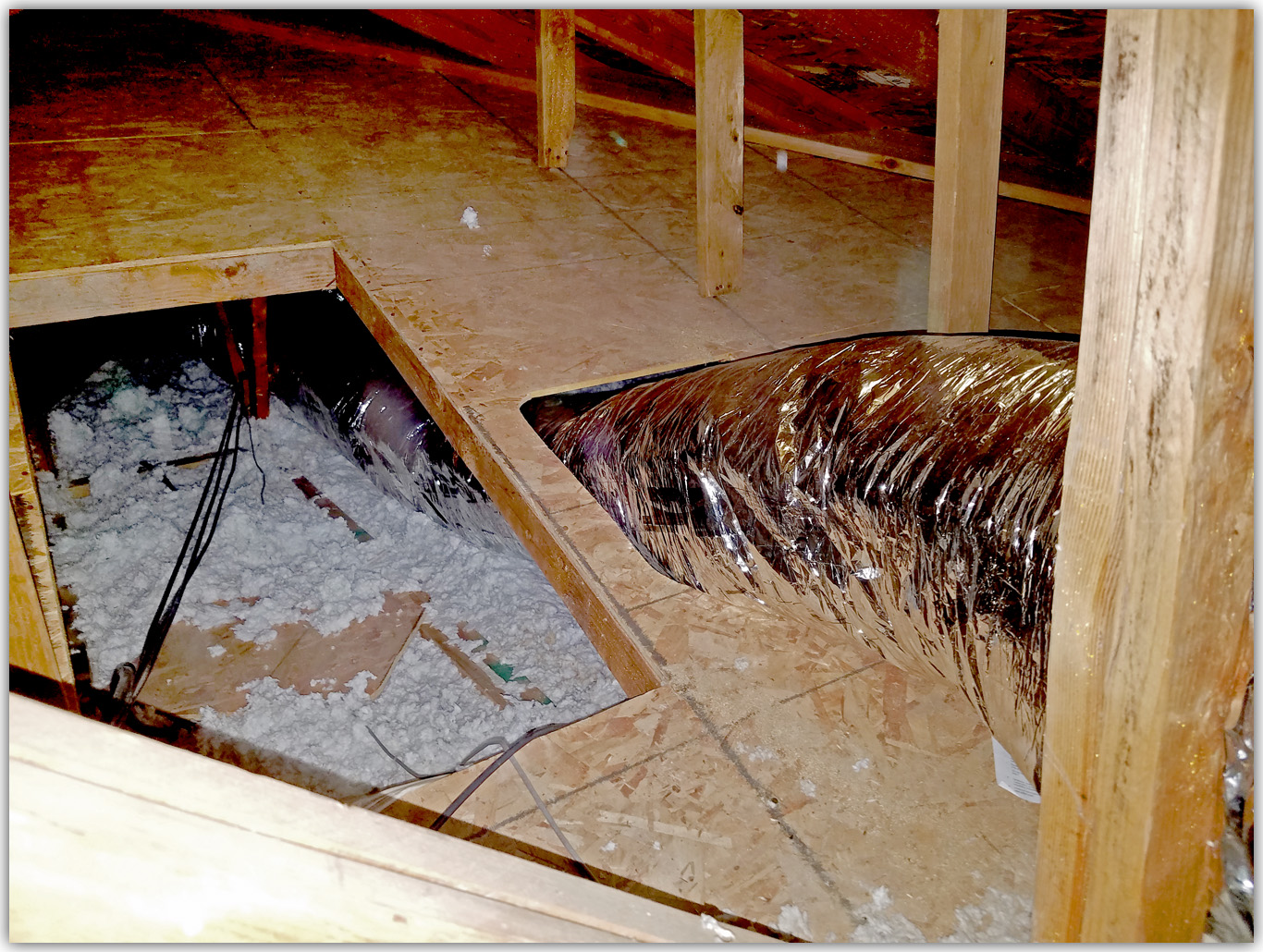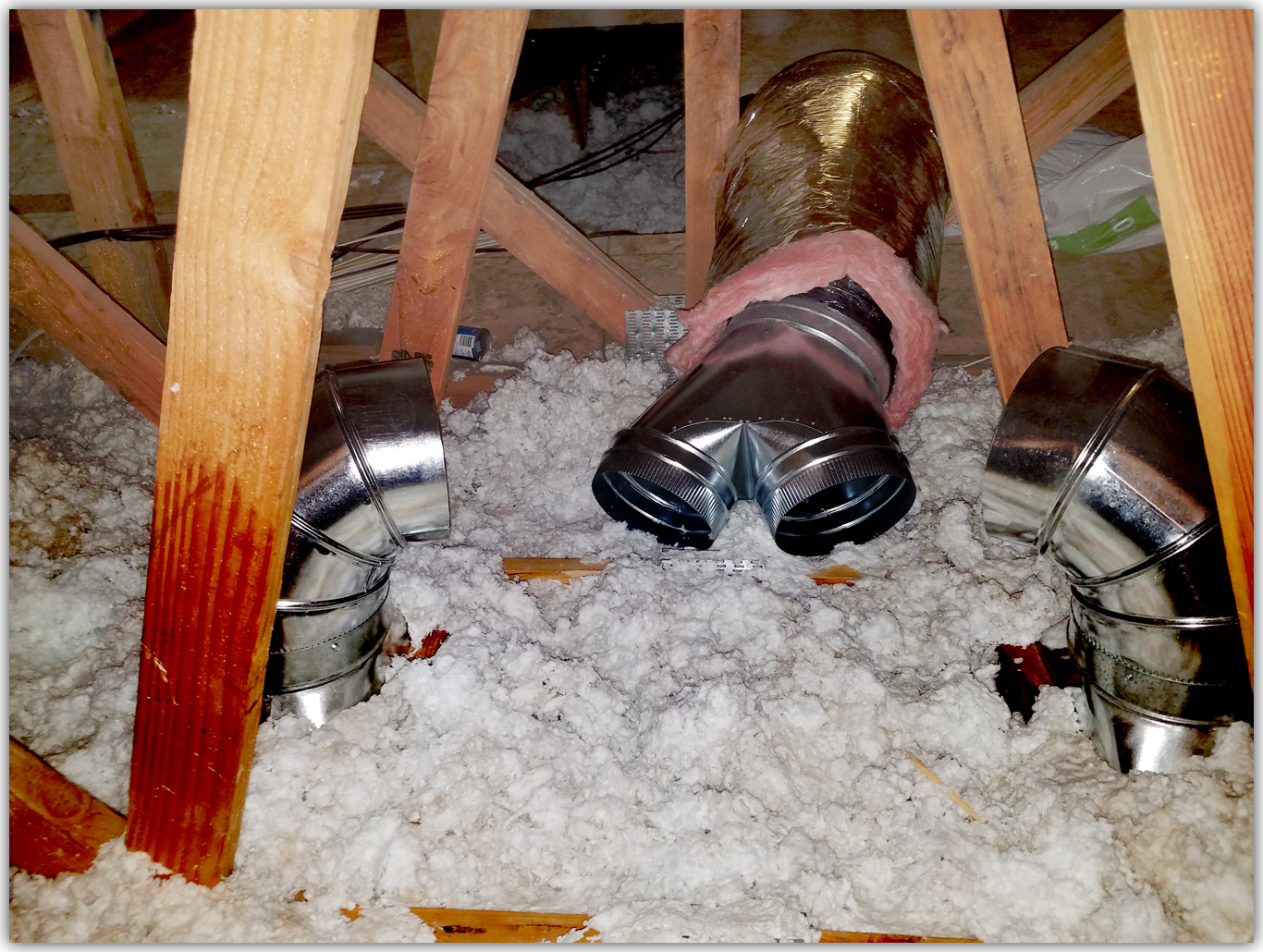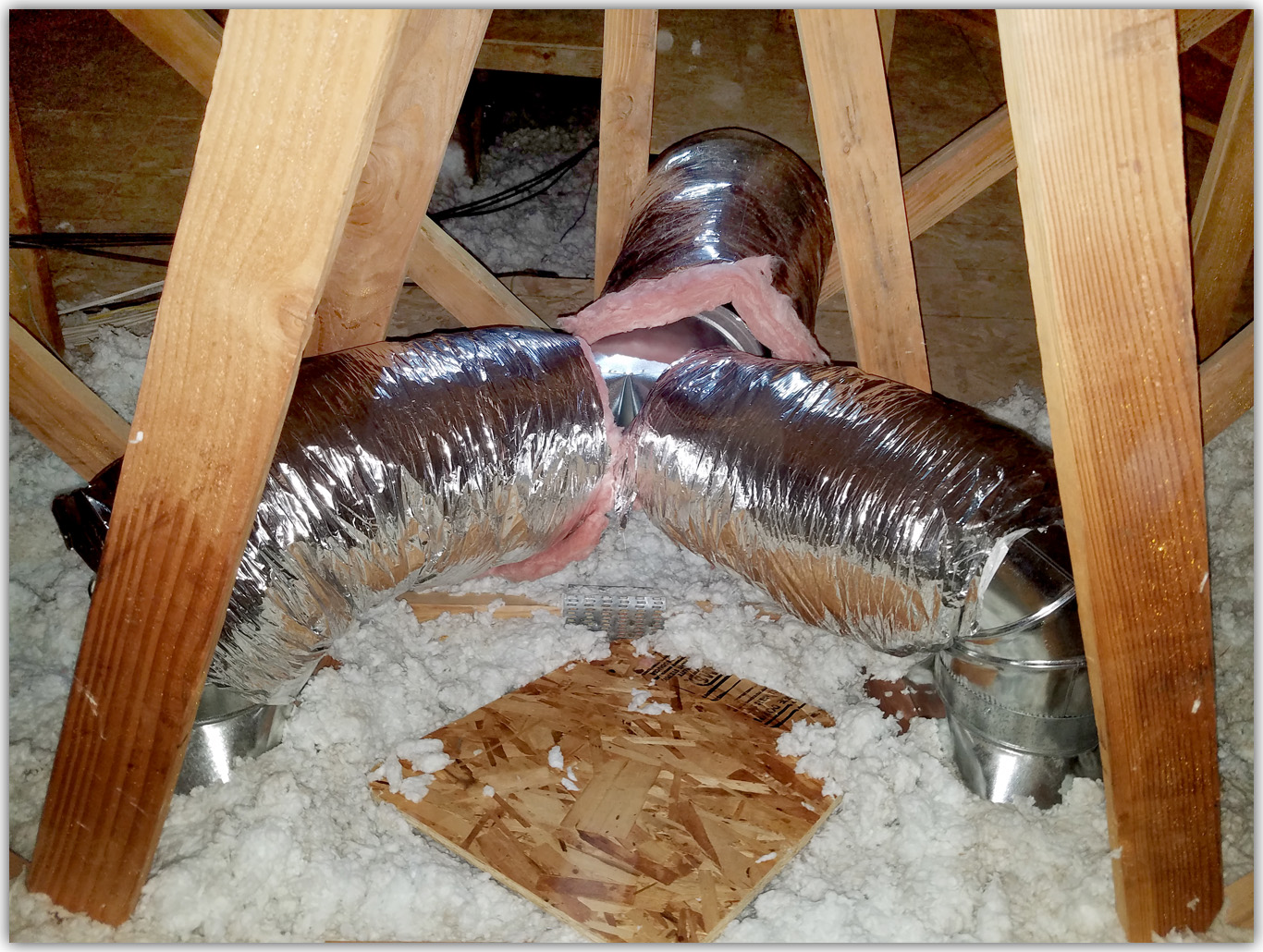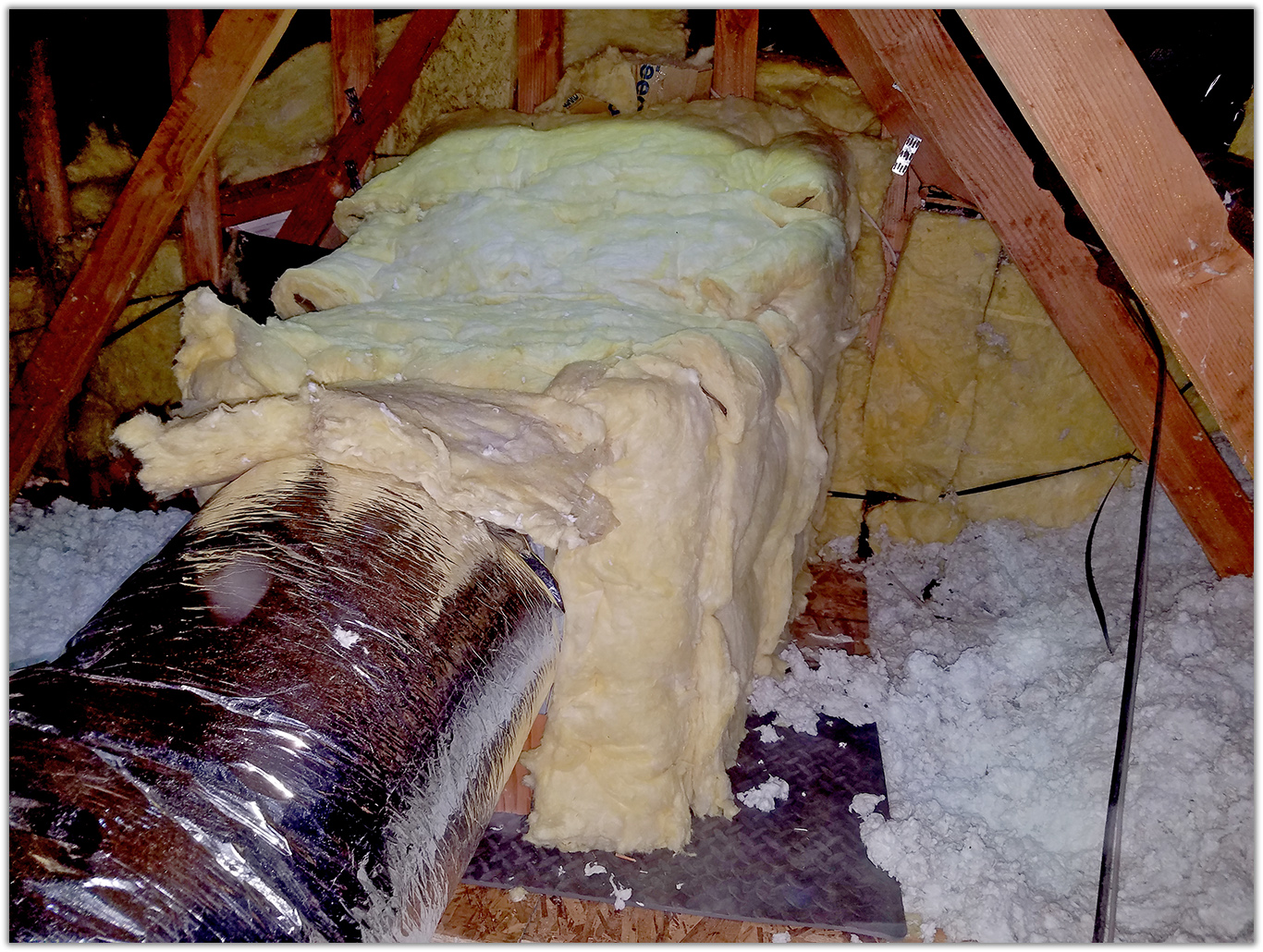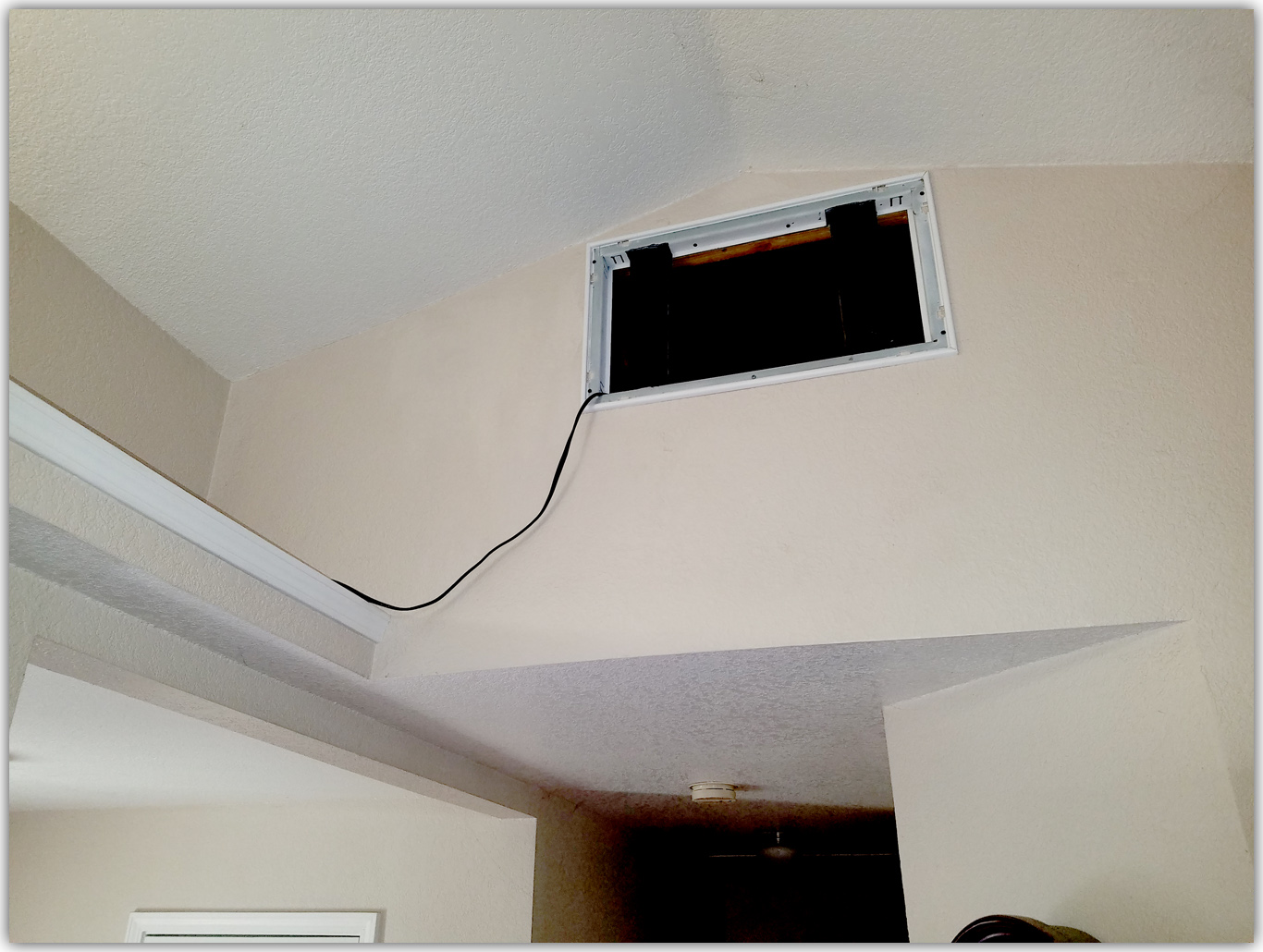

|
Heat Distribution System
Step 6 Ducting About the Photo Sequence
This step hooks up the duct pipes. With an extension cord and a timer, I made it functional. This documents the install and insulation of the ducting pipes and connectors.
|
Photo Details
This photo sequence contains 11 frames. Each landscape frame is a finite 1366 pixels wide but height was left to its own based on the crop. I based the picture size on an email program's display window asuming that the picture would not be automatically resized to fit. This technique kept the file size down, the largest being 838k making it easy to send and receive through email. All photos were taken with a Nikon D810 and a Samsung Galaxy S7.
Download Photo Project
|
|---|
